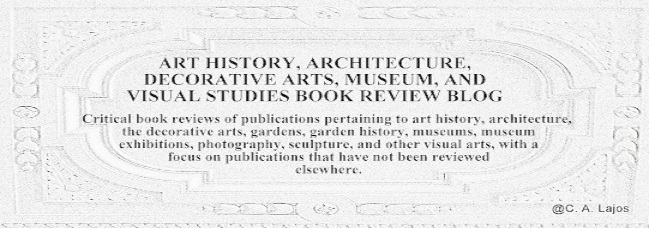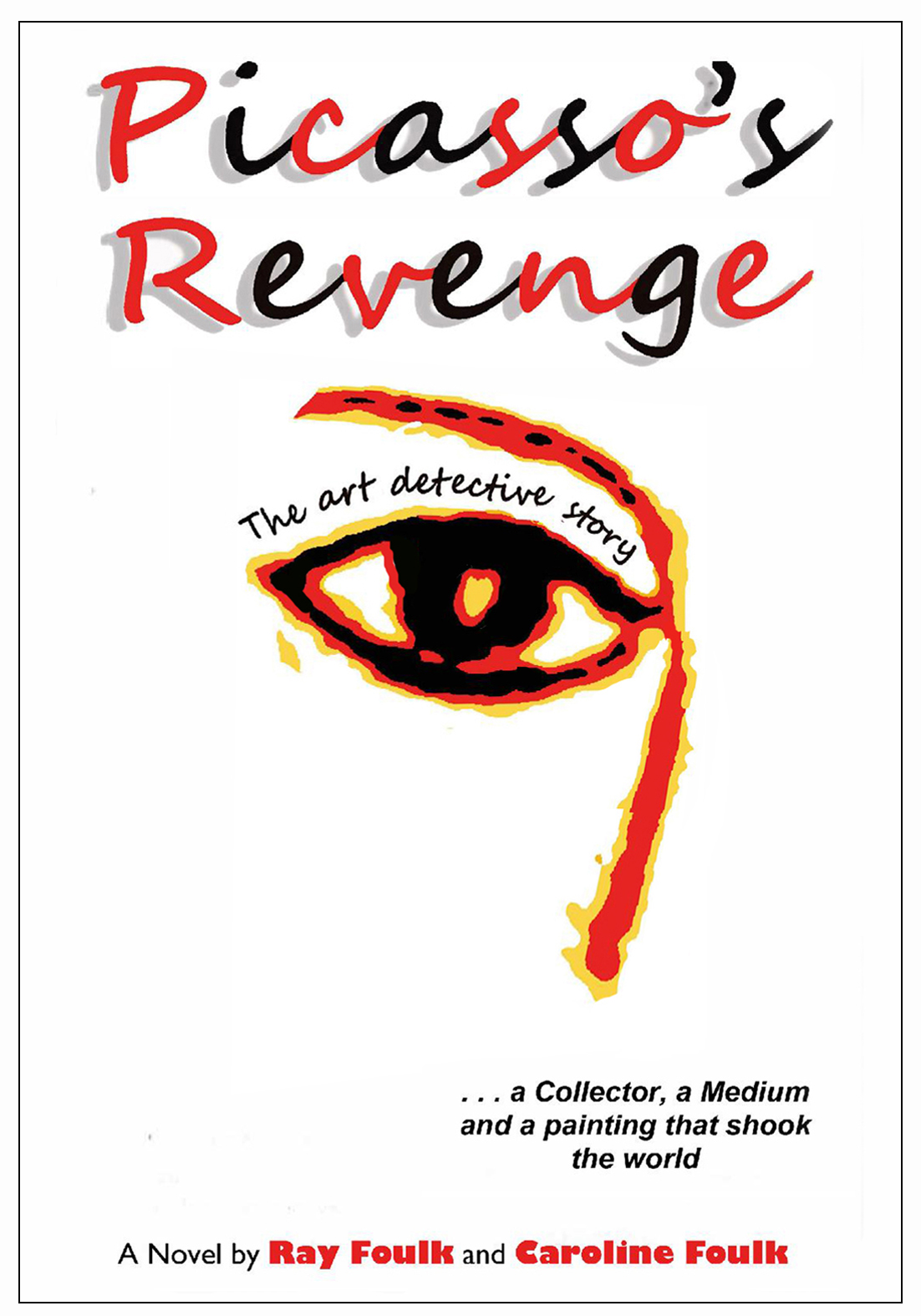Scala Arts & Heritage Publishers, Ltd.. November 2014. 64p. illus. ISBN 978-1-85759-913-8. $12.95.
In this generously-illustrated (more than 90 reproductions the majority of which are in color) publication, Berry (Assistant Director of Academic and Student Affairs, The Ringling; Ph.D, University of Oxford, UK) takes readers on a very brief introductory tour of The Ringling, a unique museum complex located in Sarasota, Florida, USA. Founded in 1911 by the circus impresario and one of the richest men in America, John Ringling (1866-1936), and his wife Mable (1875-1929) when they purchased 20 acres of waterfront land in the then small town of Sarasota, upon which they built their winter residence known as the Ca’ d’Zan (i.e. “House of John” in Venetian dialect), the Ringling grew during the 20th century into one of the largest university arts complexes in the United States. (p. 6) Today it is comprised of the Ringling mansion, the Ringling art museum showcasing the couple's art collection, a circus museum, an 18th century Italian theater, an education center, gardens, and many more attractions. It purports to offer visitors a growing list of wonders to see and enjoy including historic architecture, paintings, sculpture, decorative arts objects, circus memorabilia, and gardens. Interspersed with mostly reproductions and some accessible text, this book provides an extremely succinct overview of The Ringling and its many features. Designed as a souvenir intended to enhance visitors’ onsite experiences, it can be read in less than one hour and is recommended for museum visitors. Museum aficionados, professionals, students, scholars, and others should consult other publications, if they desire more detailed and scholarly information about The Ringling, its history, collections, and many attractions. Review copy. Availability: Amazon.com, Barnes & Noble, Scala Art Publishers, Inc.
Showing posts with label John Ringling. Show all posts
Showing posts with label John Ringling. Show all posts
Monday, December 15, 2014
Saturday, January 16, 2010
Brilliant, Virginia. Gothic Art in the Gilded Age: Medieval and Renaissance Treasures in the Gavet-Vanderbilt-Ringling Collection.

With contributions by Paul F. Miller & others. The John and Mable Ringling Museum of Art in collaboration with The Preservation Society of Newport County, dist. by Gutenberg Periscope Publishing, Ltd.. 2009. c.232p. illus. bibliog. index. ISBN 978-0-916758561. $55.00.
Accompanying a museum exhibition by the same name, being held at The John and Mable Ringling Museum of Art (16th December 2009- 4th April 2010) and The Preservation Society of Newport County (8th May 2010- 31st October 2010), this lavishly-illustrated (over 150 reproductions mostly in color) publication examines the collection of fine and decorative arts objects forming the core of The John and Mable Ringling Museum of Art’s Medieval and early Renaissance holdings. Comprising around 350 paintings, sculptures, and works of the decorative arts, including metalworks, wax miniatures, furniture, ceramics, timepieces, painted glass, and cameos, made in Europe chiefly between the twelfth and sixteenth centuries, the Gavet-Vanderbilt-Ringling collection originally belonged to Émile Gavet (1830-1904), a Parisian architect-decorator, art collector, and art dealer, who sold 340 pieces in his private museum, near the Cathedral of Notre-Dame in Paris, France to Mrs. William K. Vanderbilt (born Alva Erskine Smith, 1853-1933) during 1889 when she journeyed to Paris to purchase furnishings for her summer residence, Marble House, in Newport, RI.. Mrs. Vanderbilt would display the collection in the reception room-library of Marble House, the “Gothic Room,” which became acclaimed nationally and internationally. By 1926, living abroad, having divorced and then remarried, Mrs. Vanderbilt Belmont consigned her collection to the art dealer Joseph Duveen, who sold it in 1927 to John Ringling (1866-1936), one of the world’s richest men. Purchasing the collection for the bargain price of $125,000 (equivalent to about $1.5 million today) (p. 39), Ringling may have been seeking to enrich his winter residence in Sarasota FL as well as expand the Old Master holdings that would comprise his newly formed museum there (p. 45). Featuring an introduction by Virginia Brilliant (Associate Curator, European Art, The John and Mable Ringling Museum of Art, Sarasota, FL; Ph.D, Courtauld Institute of Art, University of London, UK) and three essays on the Gavet-Vanderbilt-Ringling collection and its owners, written respectively by Alan Chong (Curator of the Collection, Isabella Stewart Gardner Museum, Boston, MA; Ph.D), Paul F. Miller (Curator, The Preservation Society of Newport County, RI; B.A., M.A.), and Brilliant, this book also contains a fourth contribution by Flaminia Gennari-Santori (Curator, Vizcaya Museum and Gardens, Miami, FL; Ph.D) and Charlotte Vignon (Associate Curator, Decorative Arts, The Frick Collection, New York, NY; Ph.D), who discuss the practices of collecting Medieval art in America from 1890 to 1940. Additional topics covered in this publication’s essays include, but are not limited to, renown art collectors, their tastes, the aims and objectives of the art dealers and collectors, the arrangement of objects in the private and public collections, the history of Medieval and Renaissance art in American during the Gilded Age, and significant collections of Medieval and Renaissance Art in Europe and America. While the first part of this catalog consists of the aforementioned scholarly essays focusing on the history of the Gavet-Vanderbilt-Ringling collection and its display, the second section showcases the objects that constitute the collection, many of which were previously lost and never published. Signed catalog entries by the previously mentioned and other esteemed contributors examine the objects in considerable detail. They include analyses, color reproductions, and bibliographies. A back-of-the-book bibliography and authors’ biographies conclude this meticulously-researched, beautifully-presented, and noteworthy publication by an international team of experts. Of interest to museum visitors, graduate students, scholars, museum professionals, and others, this first comprehensive study of the Gavet-Vanderbilt-Ringling collection and its display is very highly recommended for large public libraries as well as for academic and special libraries. Review copy. Availability: Amazon.com, The John and Mable Ringling Museum of Art Museum Store.
Subscribe to:
Posts (Atom)














